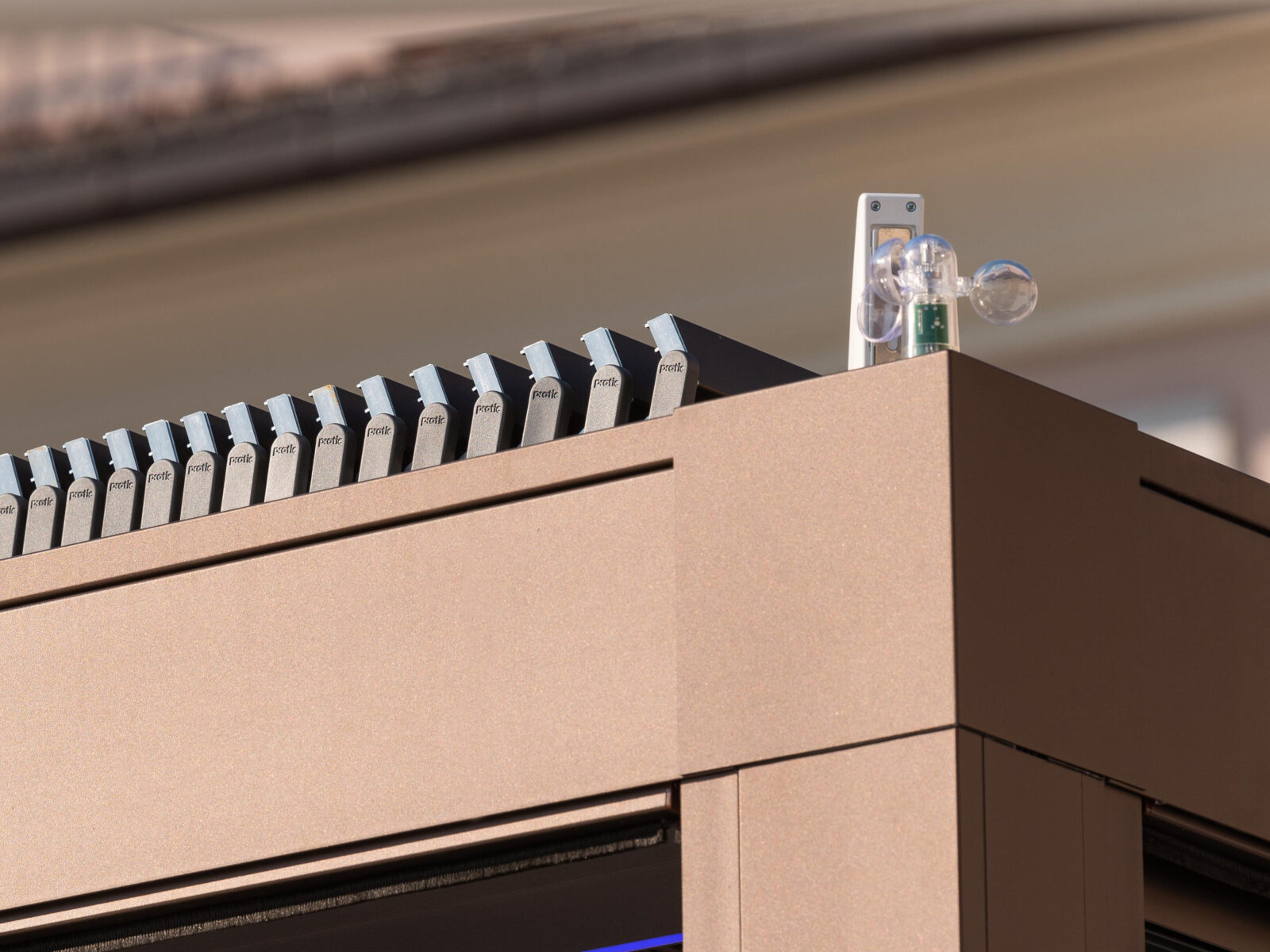The Internet of Things is making ground across Europe, with annual growth of 40% in Italy alone. Interpreting the new desire to be connected, domotics offers the most cutting-edge technological applications in the world of design for truly smart living.

Remote management of electronic devices, monitoring of energy savings, ease of use and safety are just a handful of the benefits domotics offer in the design world, allowing management of the home with increased awareness and sustainability. This increasingly interconnected technology can easily be managed using an app, for use at any time from your tablet or smartphone. In recent years, consumer attention has been captured particularly by smart home speakers, which use artificial intelligence that can easily be activated by voice, as already seen on mobile phones and computers. But this is just the tip of the iceberg of a market seeing constant, rapid expansion, to which the Internet of Things Observatory of the Politecnico di Milano University School of Management has given an estimated value, in Italy, of around € 530 million in 2019, with growth of 40% on the previous year. This is a significant figure, yet still limited compared to countries such as Germany and the UK, where the world of domotics generates around € 2.5 billion annually. There are almost unlimited potential applications for these new technologies, and we can expect a future where domotics represents an essential component of the residential sector, and beyond, allowing each environment to meet the needs and requests of its users through almost immediate communication of information.
There is already a multitude of examples of how domotics can support management of the home, work spaces and environments in the hospitality sector. In the context of security, for example, there are numerous surveillance systems and anti-break-in devices available for specific requirements, and there is an even broader range of solutions designed for comfort and energy saving, from heating and air-conditioning systems to those for adjusting lighting and management of individual appliances.
Automation? Let artificial intelligence take care of it…
Activation of appliances with domotics technology can be triggered by various types of input, depending on their level of independence and set-up:
- natural events or environmental factors
- on the basis of user requirements and programmes
- independently, using artificial intelligence capable of proceeding with its own automatic learning process.
Bad weather on its way… leave it to the sensors

The T-Project collection of awnings conceals a high-tech core behind its elegant design, equipped with special sensors for even simpler and safer use. In the event of strong gusts of wind, a built-in anemometer automatically closes the awnings, minimising the risk of damage to the arms, frame and canvas. Likewise, a light sensor allows automatic adjustment of awning opening, avoiding excessive overheating of the façades of buildings and supporting energy savings. Finally, a rain sensor allows automatic closure of the awning when humidity levels exceed a certain limit, preventing possible damage to the canvas and mechanical components.
Magnetic Lock and Power Spring System for a perfectly mounted canvas
Aesthetics and function represent two fundamental concepts for Pratic, which has patented two innovative systems for its drop-down awnings that keep the canvas perfectly taut under any conditions. Our Magnetic Lock System is a technology that draws the front profile towards the telescopic cushioning system in the case of strong gusts of wind, allowing complete re-engagement. The Power Spring System, is a device that uses gas-powered springs to move the canvas, keeping it taut not only when fully open but at whatever point it is stopped.
Outdoor-living on your smartphone

If domotics allows us to improve living within the home, the possibilities offered in outdoor spaces are even greater and more exciting.
The introduction of automation and connectivity systems has enabled the outdoorstructure sector to revolutionise the potential of these spaces, completely changing not only their use but also their functionality in terms of comfort, safety and durability of individual products.
The evolution of the concept of the pergola, in today’s fluid and versatile conception of space, primarily involves the introduction of domotics technology that has made management even simpler and more interactive relative to the needs of the individual user and changing weather conditions. Coverings with PVC canvases and rotating blades can be adjusted via remote control to achieve the desired climate and comfort. They can also be set for automatic operation, triggering closure of the covering to protect the space below in the event of rain or strong winds.
This technology is particularly useful on hi-tech awnings, where the structures and canvases could be damaged if exposed to particularly extreme weather conditions. The latest generation of outdoor awnings, like the Pratic T-Project line, has introduced automation units capable of quickly responding to meteorological triggers, with canvases that fold themselves away in an elegant and practical aluminium casing. Activation via app allows management of awning movements with essential feedback, such as the real-time status of the awning and the LEDs, confirmation that the commands sent have been completed or activation of specific sensors.